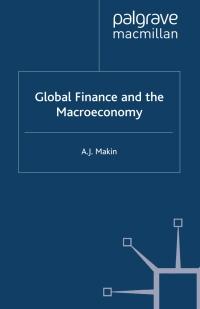Question
22) Actively managed mutual funds charge higher management fees than passive funds. Assume that the net return to an active fund (after fees) is 9.5%
22) Actively managed mutual funds charge higher management fees than passive funds. Assume that the net return to an active fund (after fees) is 9.5% (0.79% per month) and the net return to a passive fund is 10.5% (0.875% per month). Assume that an investor saves $600 per month (end-of-month) over thirty years. What is the difference in the future value of savings between investing in an active fund and a passive fund?
A) $295,152.00
B) $120,519.40
C) $247,352.36
D) $301,732.21
Answer:
23) Actively managed mutual funds charge higher management fees than passive funds. Assume that the net return to an active fund (after fees) is 9.5% (0.79% per month) and the net return to a passive fund is 10.5% (0.875% per month). Consider an investor who invests $600 per month (end-of-month) over thirty years in the passive fund. What is the future value of her savings? Now consider an investor who invests on a monthly basis over thirty years in the active fund. If the active fund investor wants the same future value as the passive fund investor, then how much more must she invest per month?
A) $145.79
B) $150.62
C) $59.86
D) $152.33
E) $167.92
Answer:
24) Assume you are to receive a 20-year annuity with annual payments of $50. The first payment will be received at the end of Year 1, and the last payment will be received at the end of Year 20. You will invest each payment in an account that pays 10%. What will be the value in your account at the end of Year 30?
A) $6,354.81
B) $7,427.83
C) $7,922.33
D) $8,591.00
E) $6,752.46
Answer:
Step by Step Solution
There are 3 Steps involved in it
Step: 1

Get Instant Access to Expert-Tailored Solutions
See step-by-step solutions with expert insights and AI powered tools for academic success
Step: 2

Step: 3

Ace Your Homework with AI
Get the answers you need in no time with our AI-driven, step-by-step assistance
Get Started


